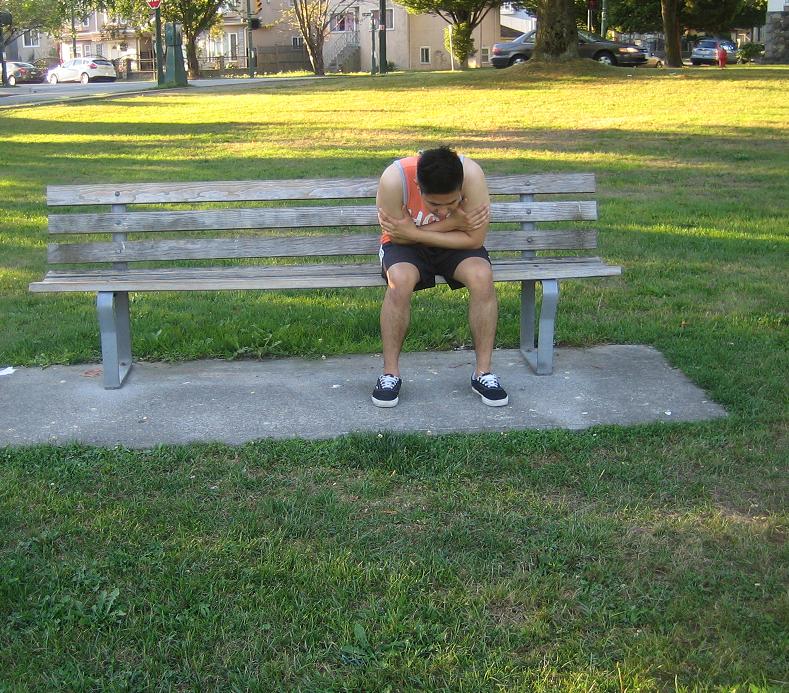Carbon monoxide is an odorless, colorless gas that prevents the blood from transporting oxygen and the tissues from using oxygen effectively once inhaled. Exposure to small amounts is not usually detrimental, but poisoning occurs if the level of carbon monoxide in the blood is too elevated. After several hours, carbon monoxide disappears from the blood.
The smoke from fires usually contain carbon monoxide especially when combustion of fuels is partial. If ventilation is poor, furnaces, vehicles, gas heaters, hot water heaters, stoves and kerosene can result to carbon monoxide poisoning. The inhalation of tobacco smoke also generates carbon monoxide in the blood but in insufficient amounts that could not trigger symptoms of poisoning.
What are the indications?
When it comes to mild carbon monoxide poisoning, it can cause the following:
- Dizziness
- Headache
Many individuals who end up with mild carbon monoxide poisoning rapidly recover if moved to an area with fresh air. - Nausea
- Vomiting
- Difficulty concentrating
- Drowsiness
- Poor coordination
Many individuals who end up with mild carbon monoxide poisoning rapidly recover if moved to an area with fresh air.
Moderate or severe carbon monoxide poisoning results to the following:
- Confusion
- Impaired judgement
- Seizures
- Shortness of breath
- Chest pain
- Unconsciousness
- Low blood pressure
- Coma
In such instances, many victims are unable to move themselves and should be rescued.
As for severe poisoning, it is often deadly. In rare cases usually weeks after evident recovery from a severe case of aspirin poisoning, symptoms such as movement disorders, memory loss, poor coordination and psychosis can develop.
Carbon monoxide is considered dangerous since the individual might not recognize drowsiness as an indication of poisoning. Subsequently, an individual with a mild case might sleep and continue to inhale the gas until significant poisoning or death occurs.
Some individuals with a prolonged, mild case triggered by heaters or furnaces might wrongly identify the symptoms for other conditions such as the flu or other viral infections.
Management
The ideal way to prevent carbon monoxide poisoning is to ensure proper installation and ventilation for indoor sources of combustion such as wood stoves and gas space heaters.
An open window is an option which limits the buildup of carbon monoxide by allowing it to escape from the area. Exhaust pipes that are linked to furnaces and other heating appliances require regular inspections for any leaks and cracks.
There are also chemical detectors available for household use that can detect the gas in the air and trigger an alarm once it is present. If the gas is present in the house, the windows should be opened and the house is evacuated and assessed for the source of the gas.


